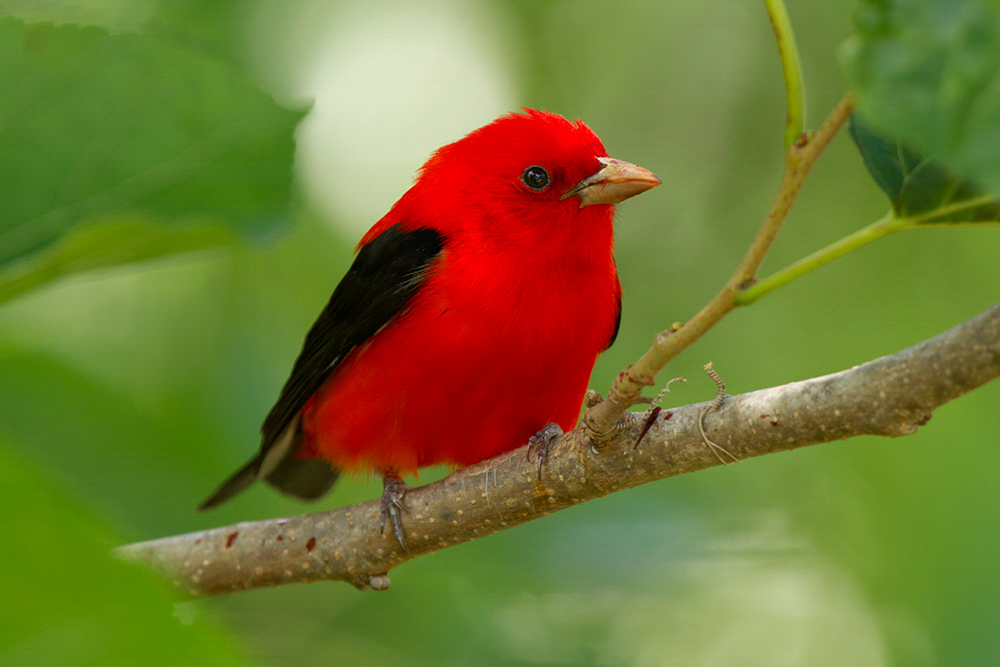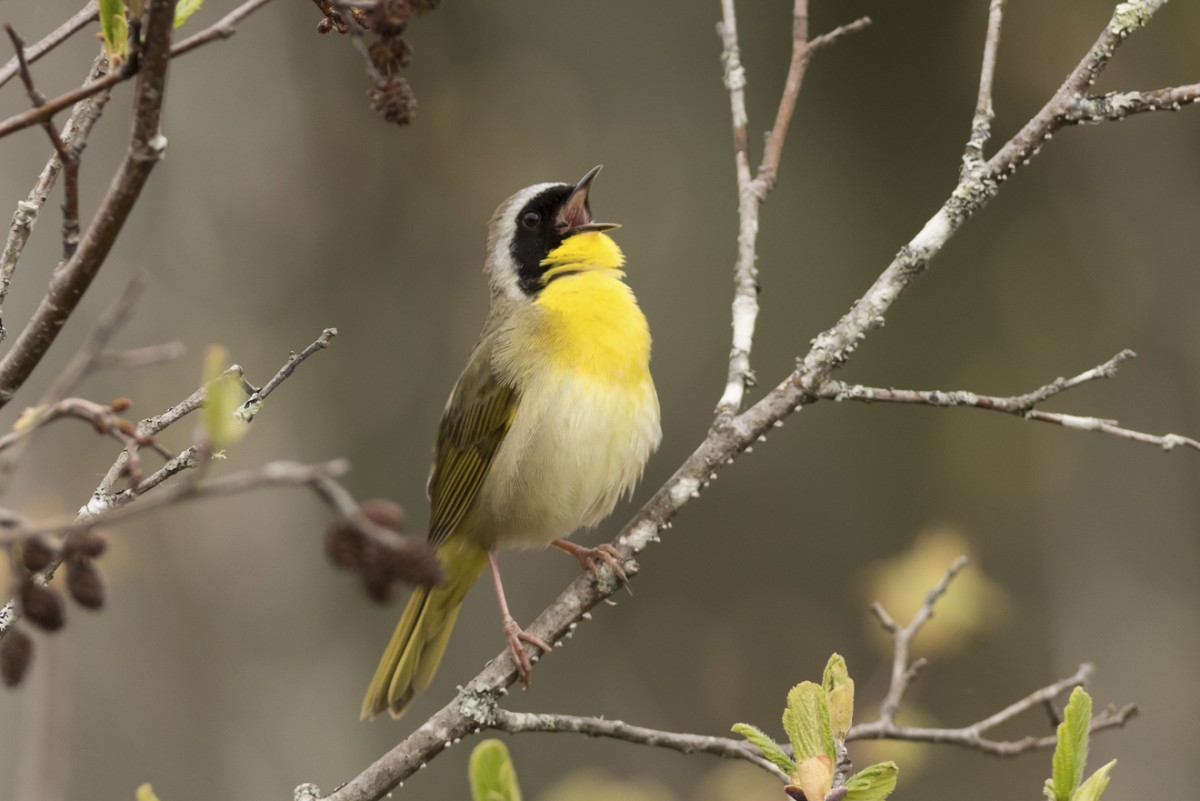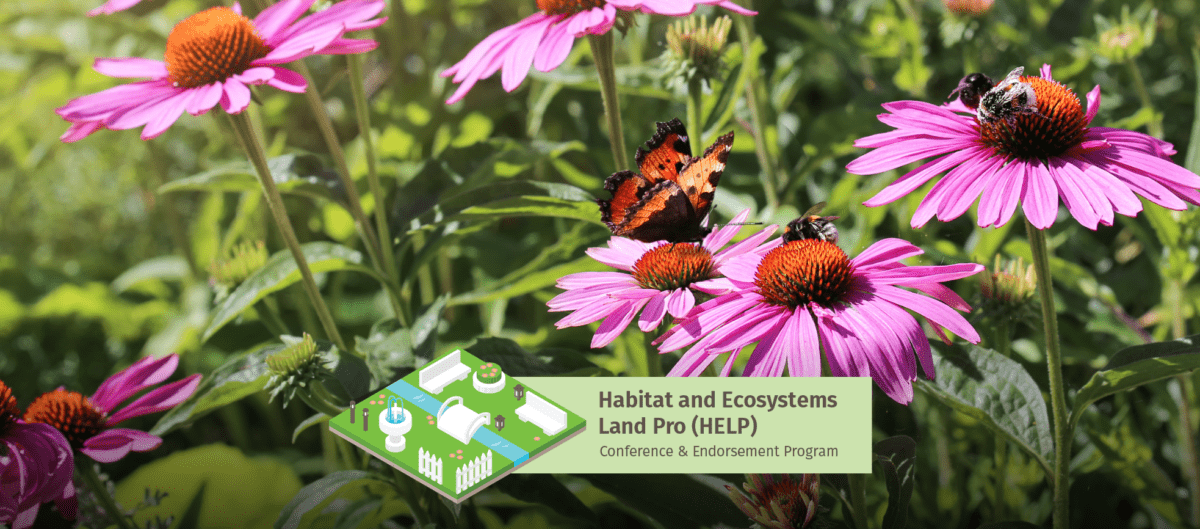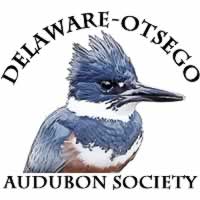November 2012
Hydrofracking update —
There has been some cautiously positive action on the hydrofracking front in recent weeks. In mid-September, Gov. Cuomo’s Department of Environmental Conservation (DEC) announced plans to collaborate with the Department of Health (DOH) to undertake a review of the DEC’s analysis of fracking’s impacts on public health. Environmental groups had been calling for an independent and thorough health assessment of hydrofracking. The Cuomo administration’s plans fall short of this, but do represent a willingness to more seriously consider human health effects before making a final determination on fracking. This also has the effect of delaying a decision until after the November elections, so may well turn out to be a political ploy.
The timing also means DEC will have to hold at least one more public hearing and comment period on their proposed hydrofracking regulations, giving opponents another opportunity to lay out the arguments against this dangerous practice.
What you can do —
Watch for details on this new chance to weigh in on hydrofracking — and do so when the comment period and hearing are announced. Also, keep pressure on your town officials to ban hydrofracking. It may well be that if and when it is approved, towns that have opted out may be excluded by the state.
Maximizing your ecotourism dollars for conservation —
If you are fortunate enough to be traveling to exotic climes for exotic birds, where you stay can make a difference in the wellbeing of both tropical species and our summer residents that migrate south. Many lodges and preserves use the proceeds from hosting visiting birders to expand and enhance habitat — often in regions that are otherwise decimated by logging, agriculture and other unsustainable practices.
The American Bird Conservancy (ABC) has a web site that lists conservation birding sites that contribute to bird conservation in the Americas. The site highlights reserves that have been designed to support the longterm protection of habitat for rare birds, and is run by a local conservation group. According to ABC, when you visit, you know that the fees you pay contribute directly to the management of vital bird habitat.
The conservation birding site includes a Google Earth link displaying lodges and preserves that benefit birds. For example, the Cerulean Warbler Bird Reserve: “a fabulous 545-acre Colombian Oak forest reserve is a small but significant relict of a unique ecosystem that has been devastated across the Eastern Andes of Colombia.” The reserve was established in 2005, with a 45-acre shade coffee farm added to establish a comfortable lodge and develop Cerulean Warbler Conservation Coffee. The reserve now buffers the recently established Yariguíes National Park.
What you can do —
If you are considering a birding adventure in the tropics, check the conservation birding site for possibilities that combine wonderful birds with habitat protection.
Elections 2012 —
We are in the homestretch of the long presidential race, as well as the federal and state legislative contests that will largely determine the environmental attitude of government for the next couple of years.
It is difficult to discern the environmental stances of the presidential candidates, as these issues have not come to the forefront, with the exception of some debate over energy issues. Barack Obama’s record is somewhat mixed: he put the damaging Keystone pipeline from Canada on hold, but has been a proponent of natural gas drilling, including the type of hydrofracking that now threatens NY State. His administration put the brakes on new offshore oil drilling following the BP Gulf disaster, but is now allowing it to proceed with limited improvements in safety regulations. He has pushed for tax credits for alternative energy, both to reduce greenhouse gas emissions, and to promote this industry in the US. Under his watch, the Environmental Protection Agency has attempted to regulate CO2 as a pollutant, but is currently stymied in the courts.
As for wildlife issues, the big disappointment with Obama has been his wholesale transfer of wolf management to the western states. The immediate effect has been virtually open hunting seasons on this wilderness icon in Wyoming, Montana and Idaho.
Mitt Romney’s primary pronouncements on energy and climate change have been calls to increase oil and coal production, and to dismiss greenhouse impacts with statements such as, “I’m not in this race to slow the rise of the oceans or to heal the planet.” His platform includes legislation to prevent the EPA from regulating CO2. Romney’s record as governor of Massachusetts was considerably more moderate, including appointments of officials that drew praise from environmentalists. However, as a presidential candidate, he has largely reversed field and adopted the positions of extractive industries.
NY has a US Senate race this year, with incumbent Democrat Kirsten Gillibrand facing Republican Wendy Long. The NY League of Conservation Voters has endorsed Gillibrand, citing her support for clean energy and climate change legislation, and co-sponsorship of the FRAC Act, which aims to repeal the exemption for hydraulic fracturing in the Safe Drinking Water Act. Wendy Long is a political newcomer, and her website provides little insight into her environmental views, except a statement appearing to oppose increasing fuel economy in cars.
Much of our region falls into the newly-drawn 19th Congressional District, where Republican incumbent Chris Gibson is opposed by Democrat Julian Schreibman. In the House of Representatives, Gibson has voted to open the continental shelf to gas exploration, and to prevent the EPA from regulating CO2. Julian Schreibman has received the endorsement of NYLCV, who state, “He has advocated to protect the natural resources of the Hudson Valley and Catskills region against the practices of hydrofracking . . .”
All of NY State’s Assembly and Senate seats are up for election this year. Locally, incumbent Republican James Seward faces Democrat Howard Leib. Over his career in the Senate, Seward has consistently had among the lowest rankings on environmental issues by watchdog groups, scoring even below the average of his Republican Senate colleagues. His preliminary score from the Environmental Planning Lobby for 2012 is 16% positive. Howard Leib lists “Water as our most precious natural a resource” at the top of his priority list, with “Protecting our environment from unsafe fracking”, a short distance down that list. In the Delaware County portion of our Chapter area, Republican John Bonacic is unopposed. His EPL score is 9% positive.
On the Assembly side of the state legislature, our region has been split among three plus districts. Those that cover the majority area include the 121st, where Democrat Bill Magee faces Republican Levi Spires. In 2011, Magee received a modest 80% positive score from EPL. Spires is a political newcomer whose web site provides little indication of his environmental views, although he does approve of hydrofracking with DEC control.
In the 122nd Assembly District, long-time office-holder Clifford Crouch is unopposed. Crouch’s EPL score in 2011 was a poor 52%.
The contest in the 101st District brings new faces to our region. Democrat Daniel Carter will run against Republican Claudia Tenney. Carter is calling for a ban on hydrofracking. Tenney is an incumbent with a 50% EPL vote rating in 2011.
What you can do —
First and foremost, be sure to register and vote! Second, take advantage of any face-to-face meetings with candidates to ask them about their environmental stances. Third, utilize online resources to check their records and ratings. EPL will be coming out with 2012 ratings of state legislators shortly, and the NY League of Conservation Voters has a list of its endorsed candidates. For ratings of the federal candidates on environmental and other positions, check Vote Smart.
New York legislative wrap-up —
The 2012 NY State legislative session ended in early summer with very little to celebrate for environmentalists. As per the usual routine, the state Senate failed to take up most of the beneficial bills that the Assembly put forward, leaving gridlock as the rule of the day.
A number of bills to address the dangers of hydrofracking passed the Assembly, including legislation to make all hazardous waste produced from oil and gas drilling subject to the same regulations that apply to other industries operating in the state. This common sense bill would have addressed disposal of carcinogenic benzene, toluene and formaldehyde found in fracking fluid, along with heavy metals, and radioactive particles. As a result of the Senate’s non-action, these materials and others will continue to threaten the environment and public health should fracking proceed in the state.
Other bills that died in the Senate include the Solar Industry Development & Jobs Act that would promote clean photovoltaic electric power in the state; legislation that would have required a public health assessment of hydrofracking; and closed the loophole for protection of small wetlands created when federal protection ended.
The one bright note for the session was legislation passed by both the Assembly and Senate dedicating $56 million of the revenue from the state’s most successful recycling program — our bottle deposit law — to the Environmental Protection Fund (EPF) in the coming years. The EPF is the source of dollars for programs to protect clean air and water, parklands, farms and other green spaces. It also provides funds for the state’s burgeoning green economy, creating jobs and other benefits.
What you can do —
This is a year when all members of the state legislature are up for election. Scrutinize your representatives’ environmental records, and ask the candidates where they stand on issues such as hydrofracking, wildlife protection and green space. Next month we will provide ratings for candidates from environmental watchdog groups.
Hydrofracking near? —
Rumors are flying that the Cuomo administration’s decision on hydrofracking in New York will come shortly after Labor Day, and that the Southern Tier will be targeted as the sacrificial test area for the first wells. There may be a requirement that local municipalities will have to OK drilling before it can proceed. This can be a double-edged sword — giving citizens the ability to protect their town, but also giving pro-drilling politicians a way to bypass public opinion.
What you can do —
Obviously it is more important that ever to engage your local officials in the hydrofracking issue. They may well be deciding whether or not hydrofracking takes place in your community. Let them know where you stand, and ask your neighbors to do the same.
Anti-environmental legislation advances in Congress —
Last month we wrote about pending legislation in Congress that would make some very negative changes to our wildlife and land protection laws, including: allowing polar bear “trophies” into the country; opening virtually all federal lands to sport hunting; allowing recreational off-road vehicles to invade federal wilderness areas while permitting logging, mining and drilling in these special places; and preventing the Environmental Protection Agency from addressing toxic poisoning caused by lead ammunition.
As expected, this dangerous bill, HR 4089, passed the House of Representatives in a largely party line vote. Among local Representatives, Congressman Chris Gibson voted for this bill, while Maurice Hinchey and Paul Tonko opposed it. The legislation could now be taken up by the US Senate at any time, and it is important that conservationists speak out to stop it from becoming law.
What you can do —
Contact Senators Charles Schumer and Kirsten Gillibrand and ask them to oppose the provisions in HR 4089 when they reach the Senate. In particular, Sen. Gillibrand has shown a propensity to support this type of legislation, and needs to know that her constituents do not favor such assaults on our environment. If Chris Gibson represents you in Congress, let him know that his vote was wrong and his poor environmental record will be on your mind in this fall’s election.
Audubon supports an end to village pesticides in Cooperstown —
The DOAS board of directors has voted to send a letter to the Village of Cooperstown in support of local efforts to end pesticide use on Doubleday Field and other village owned properties. The letter states:
“We support the concept that Cooperstown, as the first community on the Susquehanna, has a unique opportunity to send clean, untainted water downstream. By eliminating chemical pesticides, the village will set an example to others to end their use of such poisons and start the community on that path.”
Cooperstown draws its water supply from Otsego Lake and pesticides and other contaminants are a particular threat. There are safe, effective alternatives to these chemicals that will reduce these dangers.
What you can do —
If you are a village resident, let the Mayor and Village Board know that you also support ending use of chemical pesticides on Doubleday Field and the other village properties.
Fracking with propane? — hard to believe! —
As if the practice of injecting large quantities of chemical-laced water underground to fracture rock formations for natural gas production was not dangerous enough, gas drillers are now proposing to use liquid propane — a highly explosive material — for this purpose. A Canadian gas company has signed up landowners in Tioga County to use this technique, with the intention of bypassing New York State’s environmental reviews.
This relatively new process is fraught with dangers. The chemical threats and geologic alterations below our feet would remain, with the added risk of large quantities of propane passing through communities, being stored nearby and being forced thousands of feet from the well under high pressure. Last year, two explosions and fires at propane-fracked sites injured 15 people, and its use is still relatively small-scale.
Our region has already experienced two propane explosions — one fatal. There have been leaks and evacuations at other sites. Clearly this is a material that needs to be handled with extreme care, not pumped into underground wells across the landscape.
It is unclear whether fracking with propane is permitted in New York State. The company appears to think they can avoid the de facto moratorium on fracking this way. However, others believe that an environmental review separate from the state’s ongoing development of hydrofracking regulations would be necessary before any such activity could take place. Common sense says that the latter is true, and that thorough consideration of the added dangers of propane fracking is needed to protect public health and safety.
In the larger view, the very fact that gas drillers would even consider this technique shows how little concern they have for the environment and the well-being of those affected by their operations. They are not to be trusted with any fracking method.
What you can do —
Express your outrage to Governor Andrew Cuomo and DEC Commissioner Joe Martens, as well as your state legislators. Point out how this attempt by gas drillers underscores their lust to exploit New York for profits at the expense of our land, air, water and people. Our leaders need to stand strong on the fracking issue.
Congress continues environmental assault —
Just as fracking with propane seems too far-fetched a scheme to even consider possible, so the US House of Representatives continues to put forth shocking proposals to threaten our natural resources. Most recent is HR 4089, legislation that lumps together several antiwildlife efforts. This bill would:
- allow hunters to bring polar bear “trophies” into the country if taken prior to the species’ Endangered Species Act listing. The US Fish & Wildlife Service and a Federal court have rejected similar attempts to import such trophies. Congress should not be giving special treatment to a small group of wealthy trophy hunters.
- open virtually all federal lands to sport hunting — even National Parks. There are millions of acres of federal lands already open to recreational hunters. If HR 4089 passes, federal agencies would be required to disregard existing land use and wildlife management policies and open these lands to hunting. Further, it would prevent National Environmental Policy Act review of these decisions.
- allow recreational off-road vehicles to invade federally designated wilderness areas — something that has never been allowed before. It would also open the door to new logging, mining and extraction of fossil fuels in these special places.
- prevent the Environmental Protection Agency from addressing toxic poisoning caused by lead ammunition. As many as 20 million birds and other animals — including Bald and Golden Eagles — die each year from lead poisoning. Lead-free ammunitions are readily and economically available.
What you can do —
Congressional action on HR 4089 will likely have taken place when you read this. However, you should check to see how your Representative voted, and let them know your sentiments. Hopefully, if passed in the House, the bill can be stopped in the US Senate. Contact Senators Schumer and Gillibrand and ask them to oppose these provisions if the legislation gets that far.
Time for environmental action in Albany —
The state legislative session is moving along at a rapid clip this year, with an on-time budget anticipated in April. This means lawmakers will be wrapping up other items in short order, and it is important that environmental priorities not be pushed aside.
There are several priority bills being pushed by a coalition of conservation organizations. At the top of the list — and very important locally — are measures dealing with industrial gas drilling or hydrofracking. A.7013/S.4616 would make all hazardous waste produced by fracking subject to regulations for hazardous waste generation, transportation, treatment, storage, and disposal that apply to all other industries in New York. Also, A.3245/S.3472 would allow local governments to have more control over where fracking occurs in their communities.
As an alternative to fossil fuels, the Solar Industry & Jobs Development would provide better incentives for solar photovoltaics (PV) by creating an obligation for utilities and energy service companies to acquire tradable solar renewable energy credits. This legislation would also establish a target of 5,000 megawatts of installed solar PV capacity by the year 2025.
New York State needs a law that requires polluters to reduce climate-altering greenhouse gas emissions. A.5346-A is legislation that would direct the Department of Environmental Conservation to develop programs to reduce statewide greenhouse gas emissions 80 percent by 2050.
Repeated budget cuts, layoffs and hiring freezes in recent years have hurt the state’s primary environmental agencies — DEC and the Parks Office. In addition to increasing appropriations for staffing, New York should pass A.6272/S.4277, which would establish a fee on disposable (paper and plastic) shopping bags used in grocery stores and other retail outlets, reduce plastic bag consumption, and help support the state parks system.
The Environmental Protection Fund, the state’s main source of monies for environmental programs has been cut disproportionately in recent years. A.7137-A/S.5403-A would phase in additional resources allowing the EPF to meet its obligations. With a restored fund, New York can keep more family farms working, help ensure quality drinking water sources for communities, encourage recycling, and provide economic investment.
What you can do —
Contact your State Senator and Assemblymember and ask them to support these legislative initiatives. Remember this is an election year, and tell them that you will have their environmental record in mind in November.
New York State’s conservation dollars —
It’s budget season in Albany, with the Governor and legislature beginning the annual struggle over spending and priorities for the next fiscal year. The environment has taken some heavy hits in recent budget cycles, with deep cuts to the Department of Environmental Conservation funding translating to unfilled positions and important programs being suspended or eliminated.
This year Gov. Andrew Cuomo’s proposed budget holds the line on staffing and programs at DEC and the Office of Parks, Recreation & Historic Preservation. Also, the Environmental Protection Fund — the source of money for many environmental programs — is maintained at $134 million. Although far from adequate to meet the state’s needs, these proposals are considered good news in light of the current economic climate.
However, it is far from certain that this staffing and funding will remain intact. Competing interests for state dollars will push to again raid the EPF, and DEC personnel seem to be an easy target when trying to balance the budget. It is important that we let our state legislators know that the environment is important to New York’s citizens and economy.
What you can do —
Contact your State Senator and Assemblymember and let them know you support adequate funding for DEC and the Parks Office. Remind them that the Environmental Protection Fund has been raided repeatedly in recent years, and that the backlog of projects and land acquisition is growing as a result. Tell them that the EPF funding of $134 million is an absolute minimum for this important work. DEC in particular is barely able to carry out its statutory obligations and pollution regulations and other environmental laws are not being enforced as a result. Any further staff cuts will cripple this agency.
Bird-Smart Wind Development —
The federal government estimates 440,000 birds are currently killed each year by collisions with wind turbines. Expansion of wind power in the US will likely result in the deaths of more than one million birds annually by 2030. Wind energy projects are also expected to adversely impact almost 20,000 square miles of wildlife habitat.
The flip side is that wind power has many environmental benefits over conventional power production — no air emissions, oil spills, or mountaintop removal for coal mining, among others. Most environmental organizations, including DOAS, recognize that there can be a net benefit from wind power if it is done correctly, including proper siting of projects.
To this end, the American Bird Conservancy is petitioning the US Fish and Wildlife Service to develop regulations that will safeguard wildlife and reward responsible wind energy development. These regulations would replace the present voluntary guidelines that have proven inadequate to protect birds. ABC’s petition proposes a model rule that would allow the government to consider impacts of wind farms on all bird species, as well as bats and other wildlife.
What you can do —
The next step in this process is to convince the Fish and Wildlife Service to open a public comment period about the petition and initiate a rulemaking to regulate wind energy. You can make this request to: Jerome Ford, Director, Migratory Bird Management, U.S. Fish and Wildlife Service, Washington, DC. 20240. More information on ABC’s effort — including a link to a click and send letter — can be found at abcbirds.org.
Successes! —
Two recent pronouncements by the Obama administration mark significant victories for the environment. In early January, Interior Secretary Ken Salazar finalized plans to protect one million acres surrounding the Grand Canyon from new uranium mining for the next 20 years. Corporate mining interests have been staking out thousands of new mining claims and working to re-open old mines near the Grand Canyon. The damage from uranium mining not only threatened this iconic natural feature, but also the drinking water of 26 million people from radiation and toxic waste.
Also in January, President Obama announced that the controversial Keystone XL oil pipeline through the country’s heartland would not be approved as planned. This 1700 mile pipe would transport oil produced from tar sands in western Canada to refineries on the Texas coast. It would have passed over the huge Ogallala aquifer and crossed the Missouri and Arkansas Rivers, posing dangers to sensitive environmental areas.
Production of the oil is perhaps more problematic than the pipeline itself. Tar sands are far and away the dirtiest form of all fuels. It demands enormous amounts of energy and water to simply extract and then process into crude that can move through a pipeline. It has a 20-percent larger carbon footprint than conventional crude oil — and it leaves toxic wastelands wherever the sands are removed. Last year 86 environmental groups sent a letter calling on the Obama Administration to reject the pipeline proposal.
At the end of 2011, Congress added an unrelated provision to a payroll tax agreement that forced the President to make a decision on the pipeline before this year’s elections. To his credit, Mr. Obama did the right thing.
This battle is likely not over, however. The oil industry can reapply to build the pipeline on a less environmentally threatening route, but the climate change and pollution dangers from tar sand oil production remain. This will no doubt be a campaign issue this November.
What you can do —
Thank President Obama for his actions to protect the environment in these matters. His record has been far from perfect, but these were courageous decisions. President Barack Obama, The White House, Washington, DC 20500.
Hydrofracking—comment period ends —
Thanks to all who contacted the NY State Department of Environmental Conservation regarding their draft impact statement and regulations for hydrofracking. The agency received 40,000 comments, and reports indicate that most opposed or found problems with this method of natural gas production.
DEC will now weigh the comments and finalize their rules. At worst, this will likely delay drilling until next year, and at best will result in Governor Cuomo deciding to not proceed with hydrofracking.
What you can do —
Continue to keep pressure on the governor and state legislators with letters and emails asking them to oppose hydrofracking. They are likely to defer to DEC until the review is completed, but they need to know that this issue is not going away.
Also attend your local town board meetings to ensure they consider local bans on hydrofracking. A number of municipalities have already done this, while others are sitting on the sidelines to see the outcome of legal challenges. This is the closest form of government to the people — and the most responsive.
Threat to clean air and National Park —
One of the best trips I have ever taken was a tour of the National Parks in Utah and Arizona. The grandeur of places such as Zion, Arches, Grand Canyon and others is stunning. Those who had the foresight to set aside these wonders are true American heroes.
Unfortunately, although the parks are protected, development can and does occur right up to their borders, and as the world’s energy appetite grows, these pressures grow. Earlier this year, environmentalists turned back an attempt to mine uranium in the Grand Canyon!
Now the target is Bryce Canyon National Park in Utah. I remember this place as a unique, secluded park with expansive views, clear air and dramatic landscapes. However, the Bureau of Land Management is proposing to allow a massive 3,500-acre strip coal mine right next to the park that would operate 24 hours a day, polluting Bryce’s air, water and quiet seclusion.
The Alton Coal Project would produce two million tons of dirty coal — a major source of greenhouse gas emissions. Just last month, experts said greenhouse gases are now growing faster than previously anticipated worst case scenarios. How can we allow a scheme that will damage a national treasure and at the same time worsen climate change that threatens our entire society and environment?
What you can do —
Please consider submitting comments to the BLM by the deadline of January 6, 2012. Let the agency know that the dangers to Bryce Canyon are too severe to permit this coal mine on public lands. Comments should be sent to: Attention: Keith Rigtrup; Bureau of Land Management, Kanab Field Office, 319 North 100 East, Kanab, UT 84741; or via email.
Hydrofracking — comment period extended —
At nearly the last minute, the NY State Department of Environmental Conservation added a month to the comment period for the pending impact statement and regulations on hydrofracked gas drilling in NY State. The deadline is now January 11, 2012. If you have not yet done so, please let DEC know that this industrial activity should not be allowed to alter the land, water and air of our state.
As noted in last month’s Kingfisher, there is strong evidence that even with the strictest rules, hydrofracking poses significant dangers to ground water, including drinking water supplies, and also to surface waters used as withdrawal sites for the immense quantities of fresh water required for this activity. In addition, the regulations allow open pit storage of drilling wastes and flowback fluids, posing a threat to birds and other wildlife. Drilling wastes and other materials can be disposed of on site under DEC’s regulations. There are no extra safeguards for proper handling and disposal of radioactive wastes that are commonly found at drill sites.
The regulations gloss over the threats to habitat from disturbance and fragmentation. DEC says it will require additional review in very limited areas — carried out by the drillers — and that “mitigation” will be permitted for damage to habitat.
The rules continue to allow drilling companies to hide the chemicals used in fracking fluids from the public. The known chemicals include carcinogens, diesel fuel and other toxic materials.
There is no discussion or consideration of the long-term effects of leaving fractured geologic strata contaminated with fracking fluids and solids to keep the fractures open. These will remain for millennia — threatening future generations for short-term energy gains.
What you can do —
Get your comments to DEC before January 11. (A link to all the documents is here.) Even a one-page list of your concerns can be effective. DOAS’s position is that this activity is fundamentally unsafe and environmentally unacceptable, regardless of regulations. You may want to take the same tack.
Some additional points to make:
- Wildlife is still at risk under the proposed regulations. There should be a clear ban on open storage of any wastes resulting from drilling and fracking — no exceptions. Also, a site specific assessment of the habitat impacts of every drilling location should be carried out by independent agents.
- Drillers should not be permitted to take water from water bodies within the Marcellus and Utica shale areas. This area will be overburdened by withdrawals from the large scale operations.
- The prohibited distance for drilling should be increased to one mile from water bodies, aquifers, public water supplies, and existing water wells and springs in order to protect these waters and public health.
- There should be full disclosure to the public of all chemicals used in drilling and fracking prior to approval of a well.
- The environmental impact statement should consider the long-term ramifications of fractured geology and chemicals and other materials left underground.








